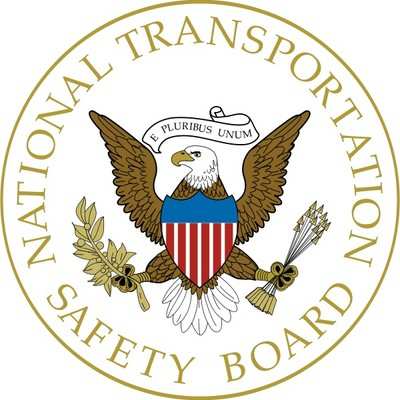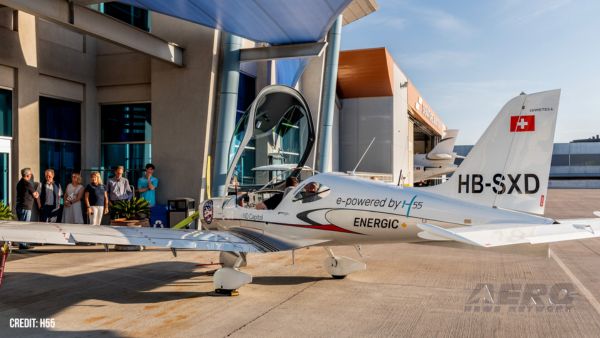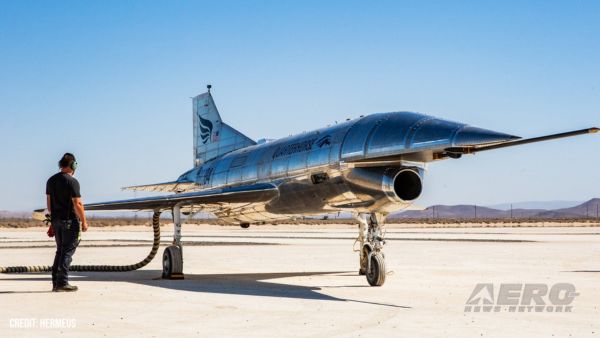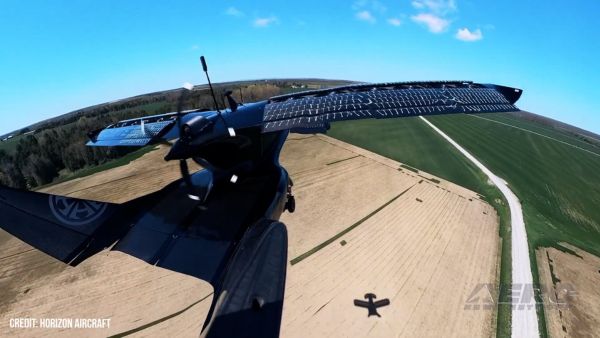Accident Flight Was The First Flight Since... (Amended Airworthiness Certificate)
Location: Andrews, NC Accident Number: ERA23FA194
Date & Time: April 15, 2023, 10:39 Local Registration: N2357
Aircraft: Injuries: 1 Fatal
Flight Conducted Under: Part 91: General aviation - Personal

On April 15, 2023, about 1039 eastern daylight time, an experimental, amateur-built Velocity, N2357, was destroyed when it was involved in an accident near Andrews, North Carolina. The commercial pilot was fatally injured. The airplane was operated as a Title 14 Code of Federal Regulations Part 91 personal flight.
According to the current airplane owner, the airplane suffered a landing accident in 2004, and was purchased by a salvage facility. That facility removed the engine and avionics, then sold it to the previous owner, who installed a newly overhauled engine equipped with a turbocharger. The current owner purchased the airplane and installed a new propeller and avionics. At the time of the accident, the engine had about 54 hours of operation since overhaul in 2012. Due to the modifications, a Federal Aviation Administration designated airworthiness representative (DAR) inspected the airplane, issued an amended airworthiness certificate with revised operating limitations, and endorsed the airframe logbook on April 1, 2023. The accident flight was the first flight since that endorsement.
The current owner further stated that he was a private pilot with about 90 hours of flight experience; of which, about 10 hours were in the make and model airplane. Since he had little experience, he hired the accident pilot to fly the first flight since the modifications/DAR endorsement. The accident pilot also inspected the airplane for about 1.5 hours prior to the accident takeoff. The owner saw the airplane take off on runway 26, a 5,500-ft-long runway, but subsequently lost sight of it behind buildings. The owner further stated that the engine was equipped with a fixed-pitch cruise propeller. With the turbocharger engaged, the engine would obtain 2,300 rpm; however, with the turbocharger bypassed, the engine would only obtain about 2,050 rpm. A spring switch in the cockpit controlled the turbocharger wastegate, to select whether the turbocharger was engaged or bypassed (or midrange). The owner added that at 2,050 rpm, the airplane would not be able to fly with one pilot and full fuel, which it
had for the accident takeoff.
The owner provided a video that he recorded, of a portion of the takeoff. Review of the video revealed that during the takeoff roll, the airplane accelerated slower than normal, used more runway than normal, and lifted off the runway in a nose high attitude. The airplane then descended back to the runway and bounced, before lifting off nose-high again toward the end of the runway, where the video ended.
Witnesses reported that the airplane took off, climbed about 300 ft above ground level while flying a left traffic pattern back to runway 26. Near the crosswind to downwind turn, the engine sounded loud, and the airplane descended into a wooded field and a postcrash fire ensued. The wreckage came to rest inverted, oriented about a 075° magnetic heading, and an approximate 50-ft debris path was observed. The left wing was separated and found against a tree inverted at the beginning of the debris path. The main wreckage was consumed by fire at the end of the debris path. No cockpit controls or instrumentation was identified. No seats or restraints were identified.
The left aileron and left rudder separated and were recovered near the left wing. The right wing and canard remained with the main wreckage and were consumed by fire. The flight controls consisted of control rods and push-pull tubes. Flight control continuity and trim continuity could not be verified due to fire damage.
The engine came to rest inverted, separated from the airframe. The two-blade propeller remained attached to the hub. One blade appeared undamaged while the other blade exhibited charring and tip separation. The top spark plugs were removed; their electrodes were intact and light gray in color (the Nos. 1 and 3 electrodes were oil soaked).
Borescope examination of the cylinders did not reveal any anomalies. The crankshaft was rotated via an accessory gear drive. Crankshaft, camshaft, and valve train continuity were confirmed to the rear accessory section of the engine, and thumb compression was attained on all cylinders. Both magnetos had separated from the engine. One magneto was recovered, and it produced spark at all leads when rotated via electric drill. The other magneto was not located. Due to thermal damage, the fuel system could not be tested. The turbocharger wastegate was found in the open position.
 ANN's Daily Aero-Term (05.29.25): Terminal Radar Service Area
ANN's Daily Aero-Term (05.29.25): Terminal Radar Service Area ANN's Daily Aero-Term (05.30.25): Very High Frequency (VHF)
ANN's Daily Aero-Term (05.30.25): Very High Frequency (VHF) Aero-News: Quote of the Day (05.30.25)
Aero-News: Quote of the Day (05.30.25) Airborne 05.23.25: Global 8000, Qatar B747 Accepted, Aviation Merit Badge
Airborne 05.23.25: Global 8000, Qatar B747 Accepted, Aviation Merit Badge ANN's Daily Aero-Linx (05.30.25)
ANN's Daily Aero-Linx (05.30.25)



